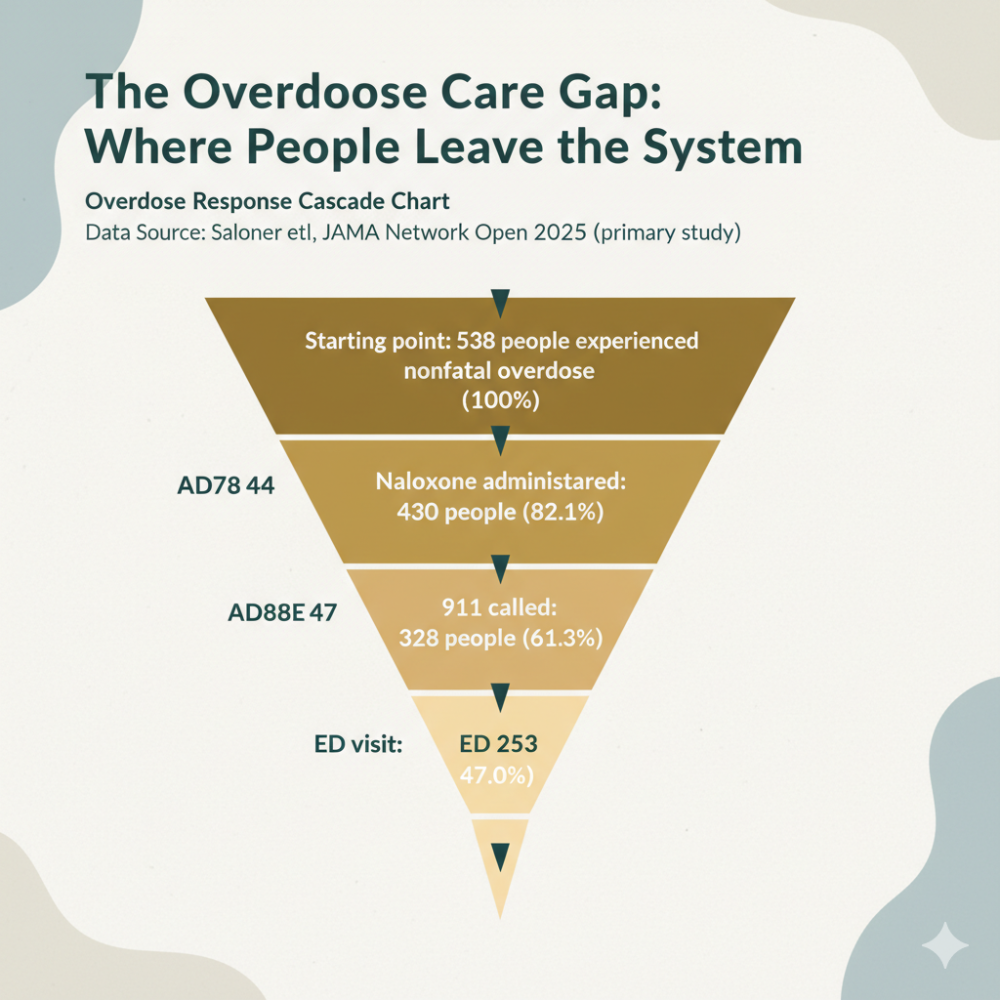The Dangers of Shooting Adderall Intravenously
Adderall, a medication composed of dextroamphetamine and amphetamine, has become synonymous with the treatment of ADHD and narcolepsy. While its therapeutic potential is undisputed when used responsibly, Adderall has also become a subject of abuse, leading to serious health implications, particularly when injected intravenously.
The High Cost of a Quick High
Injecting Adderall Intravenously drastically alters its risk profile. While the intent might be to intensify the drug’s effects, dissolving Adderall in liquid and injecting it catapults users into a risky arena. This bypasses the body’s natural absorption mechanisms, resulting in an immediate and intense high. Yet, this comes with a heavy price tag on one’s health.
Shooting Adderall introduces foreign substances directly into the bloodstream. Binders and fillers meant for oral ingestion are not meant to circulate through veins. Such contaminants can wreak havoc, leading to vein damage and potentially fatal infections. Moreover, non-sterile injection practices raise the specter of diseases like abscesses and other skin infections.
Cardiac Consequences of IV Adderall Use
The human heart, a tireless engine, is not designed to handle the reckless surge of stimulants pumped directly into the bloodstream. Intravenous (IV) use of Adderall puts an extraordinary strain on this vital organ, leading to a cascade of cardiovascular complications.
When Adderall is injected, it bypasses the body’s natural filtration systems and delivers a concentrated dose of the drug straight to the heart. This can cause an abrupt increase in heart rate and blood pressure, a shock to the cardiac system often described as the heart ‘racing’. This sudden cardiac acceleration can unmask underlying heart conditions, even in young and seemingly healthy individuals, leading to critical events such as cardiac arrhythmias — disordered heart rhythms that can range from merely troubling to immediately life-threatening.
Endocarditis, specifically, poses a grave threat when stimulants like Adderall are introduced intravenously. This inflammation of the heart’s inner lining, often the result of infection, can damage or destroy heart valves. The damage is not always immediately apparent, which means the condition can progressively worsen, leading to heart failure or other serious complications over time. If left untreated, this can require surgical intervention or may even be fatal.
Shooting Adderall and the Risks of Sharing Needles
Injecting drugs intravenously is dangerous on multiple fronts, but when it comes to shared needles, the hazards extend far beyond the individual. Shared needles become conduits for a host of infectious diseases, transforming a momentary decision into a lifelong battle for many.
Hepatitis B and C, along with HIV, are the most notorious bloodborne pathogens that can be transmitted via shared needles. The risk of transmission is not just a matter of probability; it’s a grim certainty if these needles have been used by an infected person. Hepatitis C, for instance, is a viral infection that can lead to severe liver damage, cirrhosis, and liver cancer over time. It’s particularly resilient and can survive outside the body for weeks, making the sharing of needles a game of Russian roulette with health consequences.
Moreover, the risk isn’t confined to viruses. Bacteria that reside harmlessly on the skin can become lethal when introduced directly into the bloodstream, leading to systemic infections that can cause sepsis, an overwhelming body-wide response to infection, which is a medical emergency.
IV drug use often occurs under less-than-sterile conditions, exacerbating these risks. Even a needle that looks clean can harbor microscopic pathogens capable of causing catastrophic infections. Shared needles can also transmit fungal infections and other microbial invaders not commonly seen in the general population.
The Danger of Overdose When Injecting Adderall
The perils of intravenously using Adderall cannot be overstated, and perhaps the most immediate and alarming risk is that of overdose. Injecting Adderall delivers a powerful stimulant directly into the bloodstream, causing an intense and rapid onset of effects. This surge can easily overwhelm the body’s systems, leading to toxic levels of the drug in the body, commonly known as an overdose.
An overdose of Adderall can overstimulate the central nervous system, leading to a host of dangerous symptoms. The signs can range from restlessness, tremors, and hyperactivity to more severe reactions like seizures and heart attacks. Behavioral changes may also be a precursor to more severe complications, with individuals potentially experiencing hallucinations, panic, or aggressive behavior.
The progression of an overdose may lead to an extreme rise in body temperature or hyperthermia, as well as erratic heart rhythms (arrhythmias), which can be life-threatening. In severe cases, an individual may experience stroke, coma, and, without timely intervention, death.
Adderall Addiction and Withdrawal
Addiction to Adderall, particularly when it involves intravenous (IV) use, is not simply a habit—it’s a physiological and psychological compulsion that chains an individual to a relentless cycle of seeking and using the substance. This compulsion persists despite the negative consequences it brings upon one’s health, relationships, and life.
When someone becomes addicted to IV Adderall, their body has learned to function with elevated levels of stimulants in the system. The brain, in particular, becomes rewired to expect the drug’s presence for normal neurotransmitter production and release. It is this altered state that characterizes addiction—the brain’s adaptation to a constant influx of the substance and the body’s increasing tolerance to its effects, requiring more of the drug to achieve the same level of stimulation or ‘high’.
Withdrawal from Adderall after such dependence is a challenging process. When the drug is suddenly removed, the body enters a state of deficit, struggling to recalibrate and function normally without the substance it has grown accustomed to. Withdrawal symptoms from stimulants like Adderall can be profoundly uncomfortable and can include both physical and psychological effects.
Physically, withdrawal often presents as extreme fatigue and an almost insatiable need for sleep. The body, having been overstimulated for so long, crashes. Yet, paradoxically, despite intense tiredness, the individual may experience insomnia, an inability to sleep, further compounding fatigue.
Psychologically, the withdrawal process can induce severe depression. The joy and pleasure once derived from daily activities now seem dull or absent without the drug’s influence. This can lead to a profound sense of loss or emptiness, which may lead to suicidal ideation if left untreated. Furthermore, the cognitive fog, inability to concentrate, and cravings for Adderall can become almost unbearable, making relapse a significant risk.
The withdrawal phase is also marked by a psychological phenomenon known as anhedonia, where the ability to experience pleasure from activities usually found enjoyable is lost. This can last longer than the initial withdrawal phase and is often a driving factor in relapse.
Seeking Help for an Adderall Addiction
Embarking on the journey to recovery from Adderall addiction, especially when it involves intravenous use, can seem daunting. The first and often most critical step in this process is detoxification — a medically supervised withdrawal from the drug. The importance of medical supervision during this phase cannot be understated.
Medically supervised detoxification provides a safe, controlled environment for individuals to rid their bodies of addictive substances. Medical professionals can monitor vital signs, provide supportive care, and administer medications to mitigate withdrawal symptoms, reducing the risk of complications.
A supervised detox ensures that any sudden medical issues that arise can be immediately addressed. For instance, severe dehydration can be quickly treated in a medical setting. Additionally, medical detox facilities often provide psychiatric support, which is crucial for individuals experiencing depression, anxiety, or other mental health issues during withdrawal.
Beyond the physical aspects, medically supervised detox offers a structured environment that can protect individuals from the immediate potential of relapse. Without access to Adderall, the temptation and ability to use it are removed, allowing individuals to focus solely on their recovery.
Gallus Can Help
In recognizing the courage it takes to confront addiction, we encourage you to take that pivotal first step toward regaining control of your life. Utilize our comprehensive self-assessment tool, crafted to help you understand the level of care that’s most appropriate for your unique situation. Postponing the search for help only prolongs the struggle—reach out now to seize the support that you rightfully deserve.
Contact Gallus Medical Detox Centers today to embark on your path toward a liberated and independent future. Our dedicated team is ready to guide you every step of the way; call us at 866-272-5978. Together, we’ll stride towards a brighter, addiction-free tomorrow.
References
- Dextroamphetamine and amphetamine: MedlinePlus drug information. (n.d.). https://medlineplus.gov/druginfo/meds/a601234.html
- Adderall: Uses, Dosage, Side Effects & Safety Info. (n.d.). Drugs.com. https://www.drugs.com/adderall.html
- Schranz, A. J., & Barocas, J. A. (2020). Infective endocarditis in persons who use drugs. Infectious Disease Clinics of North America, 34(3), 479–493. https://doi.org/10.1016/j.idc.2020.06.004
- Potential health complications of injection drug use – National Harm Reduction Coalition. (2020, September 1). National Harm Reduction Coalition. https://harmreduction.org/issues/safer-drug-use/injection-safety-manual/potential-health-injections/
- Lpc, E. P. (2022, August 5). The common signs of an adderall overdose. GoodRx. https://www.goodrx.com/adderall/adderall-overdose
- Miller, K. (2017, October 8). Adderall withdrawal: What you should know. WebMD. https://www.webmd.com/add-adhd/adderall-withdrawal


 Steve B
Steve B 
